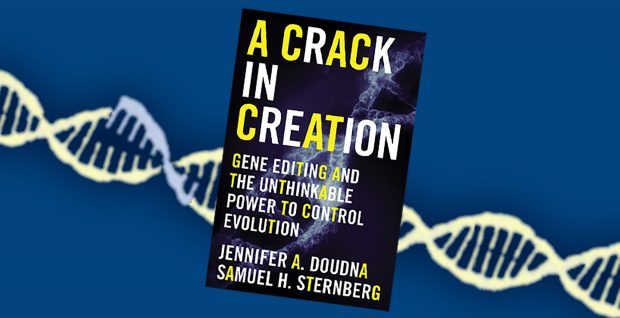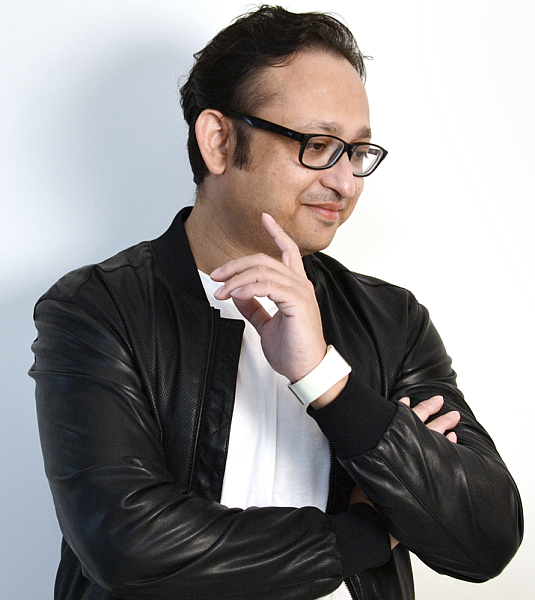

Viruses that attack bacteria, called phages, can kill yogurt bacteria and cause losses in the yogurt industry.

A good portion of the early research on how CRISPR is used to for bacteria to defend against viruses came from scientists working on yogurt production. As she describes the science, there are helpful pen and ink illustrations (done by Jeffery Mathison) of the concept being discussed.Įarly on she alludes to the eventual impact of genome editing while describing the early days, but it’s really incredible to think about all of the applications mentioned later given how obscure some of the work to discover CRISPR sounds.

You will find her side of how the discovery of CRISPR as a gene editing tool unfolded and much more on where she thinks it can go.ĭoudna describes her journey as a scientist and the field’s journey to putting all of the pieces together that allow gene editing with CRISPR tools. While Jennifer Doudna has been involved in a publicized patent battle that pits UC Berkeley, where her lab is based, with the Broad Institute of MIT and Harvard, you won’t find any gossipy details of that dispute in this book. Doudna, but she largely maintains a more academic voice than a tell-all about the dramas surrounding CRISPR. There are some personal anecdotes from Prof. She walks us through the discovery, development, and potential of CRISPR to manipulate biology and re-ignite ethical debates over gene editing.

The excitement of explaining this powerful new technology comes with a weight of responsibility over what CRISPR might do for good or ill. Doudna’s perspective (so I’ll refer to her throughout this review, sorry Sam). The book, “ A Crack In Creation: Gene Editing and the Unthinkable Power to Control Evolution“, is written from Prof. Famed CRISPR researcher Jennifer Doudna, along with a past student Samuel Sternberg (starting his own lab in at Columbia University), wrote an account of her CRISPR discoveries and the possibilities the technology unleashes.


 0 kommentar(er)
0 kommentar(er)
